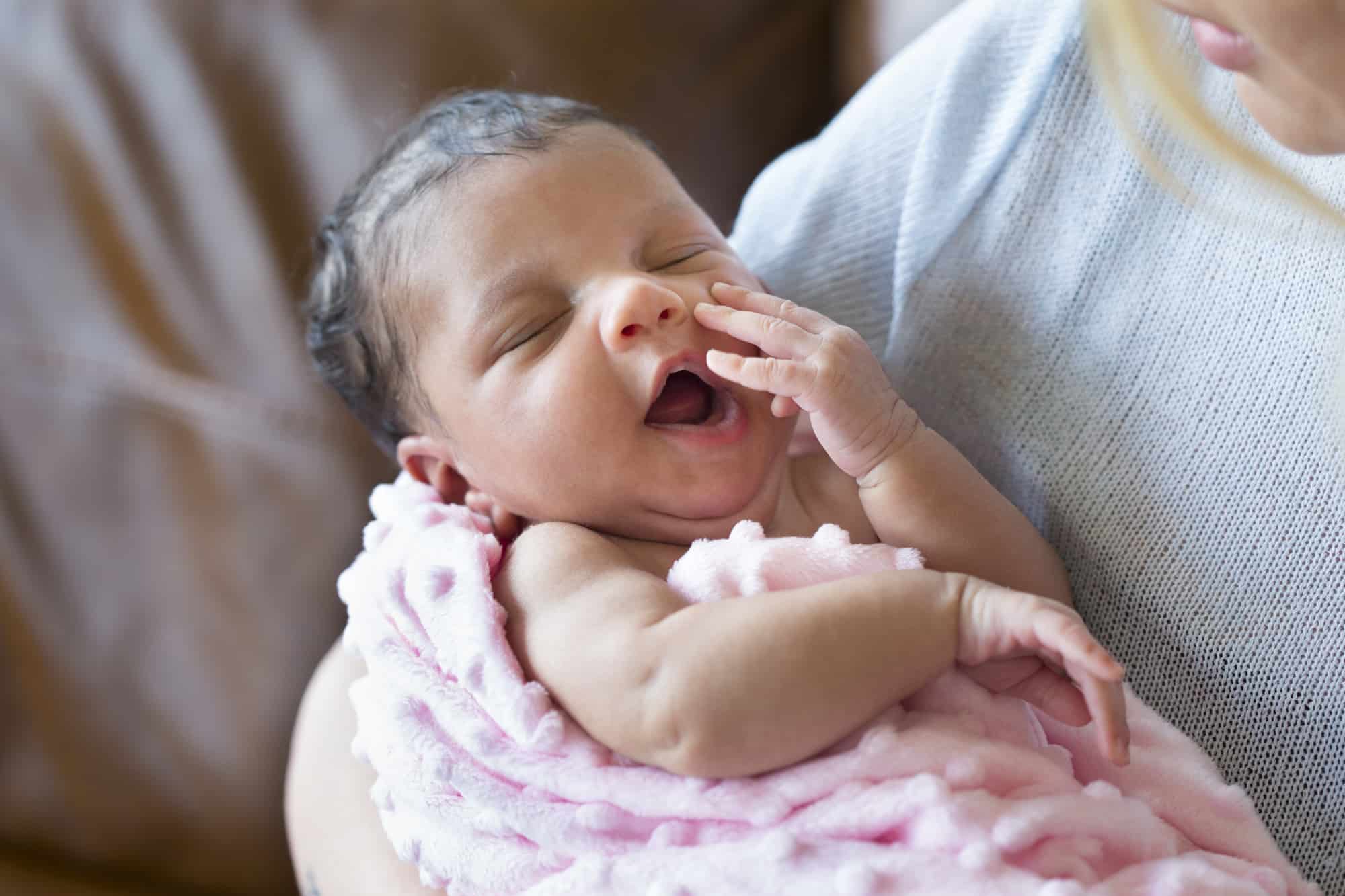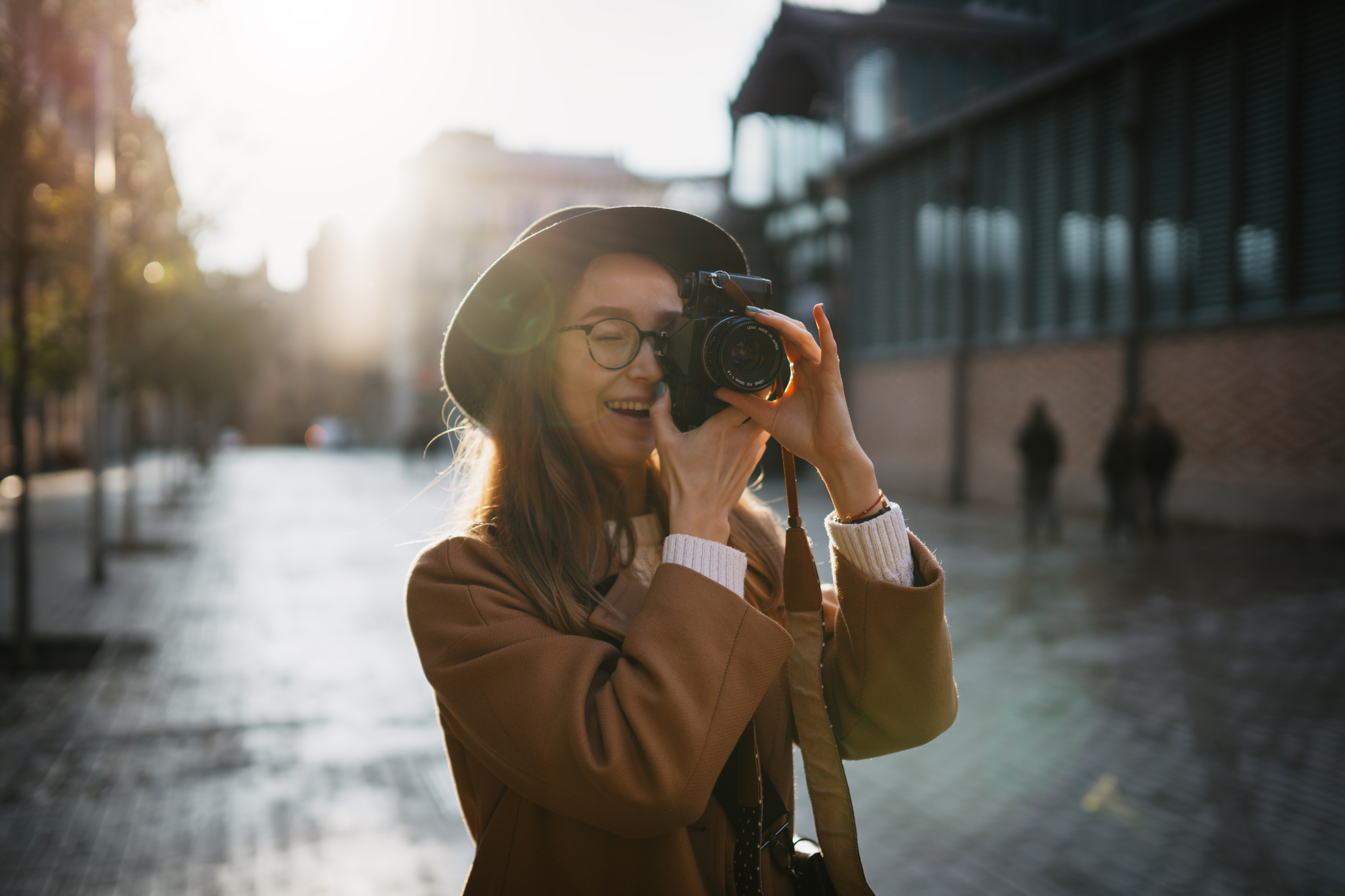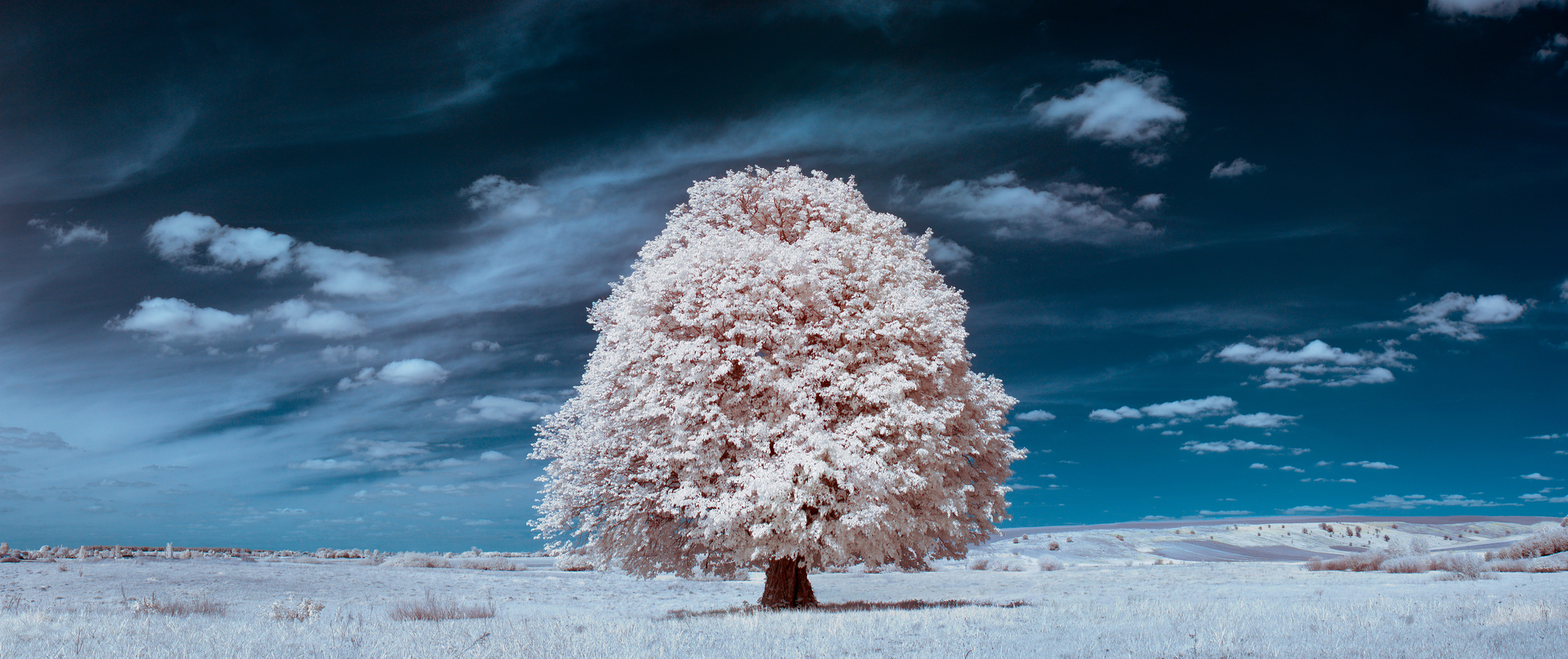
1. Understand what to shoot
Just like with other portraiture subgenres, newborn photography provides a variety of possibilities for a photoshoot, so you need to understand what you will shoot and how you will do it. If you are a photographer, you should know your clients’ needs so you can set their expectations. Do they want a lifestyle photo session or a staged photo shoot with cute costumes and hats for the baby? Do they want to head outdoors and take some pictures in nature? Will they come to your studio or will you visit their apartment yourself? These are the questions you need to ask parents when you agree on a photoshoot so they know what to expect from your service. If you are a parent and want to try newborn photography yourself, you also need to plan ahead and decide how you want to shoot your baby. Sure, you probably take a lot of pictures of your baby every day, but you can approach a photoshoot differently as you have a chance to think through every detail in advance for staged shots.2. Prepare your gear
You can take a great shot of a newborn with almost any gear you have at hand. Any digital camera that allows you to adjust settings manually will do. If you have a DSLR camera, you need the same lenses you use for portrait photography to shoot a baby. If you have a prime lens, you can achieve the bokeh effect more easily – open this guide to bokeh photography. A mirrorless digital camera and even a modern smartphone can be used to shoot newborns. For mobile photography, you can purchase a lens as well that will improve your pictures. What’s more, you might need a lightning kit (or at least an extra lighting source) if you shoot indoors. A tripod is a recommended piece of gear for most photography genres, including portraiture. It’s a must-have when you shoot with slower shutter speeds and it also lets you frame your shots more easily.
3. Pay attention to aperture and shutter speed
Exposure is everything, and you should always adjust your settings manually to get it right. There are three things responsible for correct exposure: ISO (light sensitivity of a sensor), aperture, and shutter speed. ISO is the easiest setting to adjust as it’s better to keep it low (from 100 to 400 in general if the lighting conditions are alright) because you can get a noisy image with a high ISO level. On the contrary, you need to pay close attention to two other settings of the exposure triangle. Aperture is important for portraiture because it controls the depth of field, which results in how much of a scene will be in focus. A shallow depth of field is created by using a wide-open aperture which is marked with a smaller f-number. It allows you to blur the background to create a contrast between it and the baby. This is really helpful when you shoot close-ups of a newborn or even a macro shot of their body parts. On the contrary, if you want your background to be in focus, you need to opt for a narrower aperture (bigger f-number), which creates a large depth of field. You might need this when you shoot a family portrait with a baby outdoors or a staged scene with a newborn when details matter. When you adjust one setting responsible for exposure, you need to adjust the others as well. Sure, you can use an aperture priority mode so that your shutter speed is chosen automatically, but sometimes you will still have to adjust it yourself. With portraiture in general, you can’t use super slow shutter speeds as everything is captured while your shutter is open. Sure, babies don’t move as fast as toddlers, and you will take many pictures while they are asleep, but they still move, yawn, and express feelings. The general advice is to opt for faster shutter speeds not to receive unwanted motion blur.
4. Make sure the baby is comfortable
Unlike with other portraiture subgenres, newborn photography is tricky because everything is about babies and you really can’t control them. If they are crying, you won’t be able to proceed with a photoshoot. That’s why it’s important to make sure you’ve done everything you can for the baby to be comfortable. The place you shoot in should be warm, whether it is a studio session or an apartment lifestyle. Ask the parents to feed the baby right before the photo shoot so the newborn doesn’t cry because of hunger. There are also certain times of the day when babies are easier to shoot as they are calmer and lazier. Morning hours, especially between breakfast and lunch, are the time when many babies take a nap, so it’s a reasonable idea to plan a photo shoot in the morning.5. Use natural lighting
Natural lighting is preferred for portrait photoshoots because it’s soft and compliments your models’ skin. The same goes for newborn photography. Opt for natural light as often as you can. Even if you are a photographer who came to a family’s apartment to shoot their baby, there are certain tricks to use natural lighting conditions as you can shoot the newborn with the usage of sunlight that comes from the window, especially if you ask a parent to hold their baby. If you are a professional studio photographer, you will set up great artificial lighting, but sometimes it is good to experiment with natural light as well. If the weather is nice and warm, offer your clients an on-location photoshoot as nature can give you a lot of ideas on how to shoot a newborn with parents.
6. Experiment with close-ups
If you are interested in newborn photography, you have probably seen those adorable and sweet pictures of babies’ toes and fingers. You can experiment with shooting cute close-up photos while a baby is asleep. Don’t limit yourself to shooting extremities. You can shoot details such as their lips, eyes, and ears or take a shot of a newborn holding their mother’s or father’s hand. You can get very close to the part of the baby you want to focus on and use a wide-open aperture to blur the background and make the visual emphasis on the part you shoot in close-up.7. Keep moving to let the baby stay calm
Very often it’s not super convenient to move a baby itself and change the whole setup. You might easily disturb a newborn and they might start crying which will take a lot of your time to get back into the photoshoot again. Instead of changing the position of a newborn, move. Search for as many unconventional angles and perspectives as you can, walk around a newborn, and pay attention to light and shadows. This will allow you to take many shots to later choose from without disturbing the baby. It’s a good idea to get into the habit of taking everything out of a single position of a newborn before you move them and change your setup.









